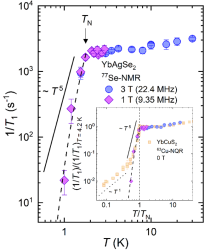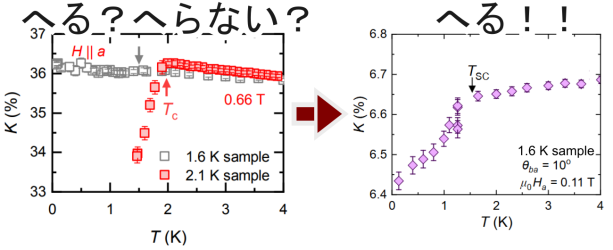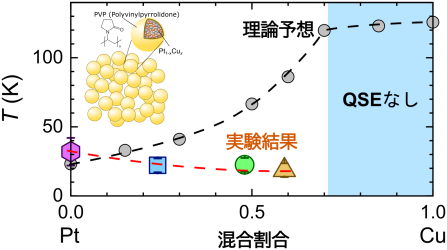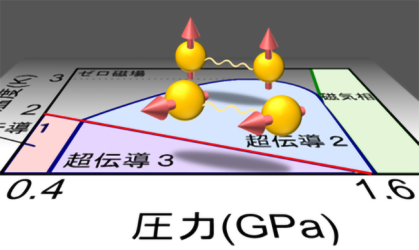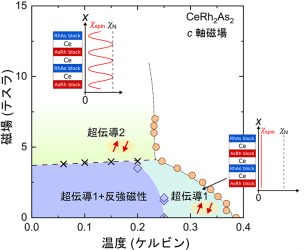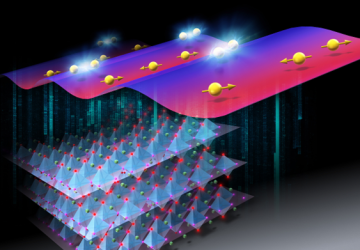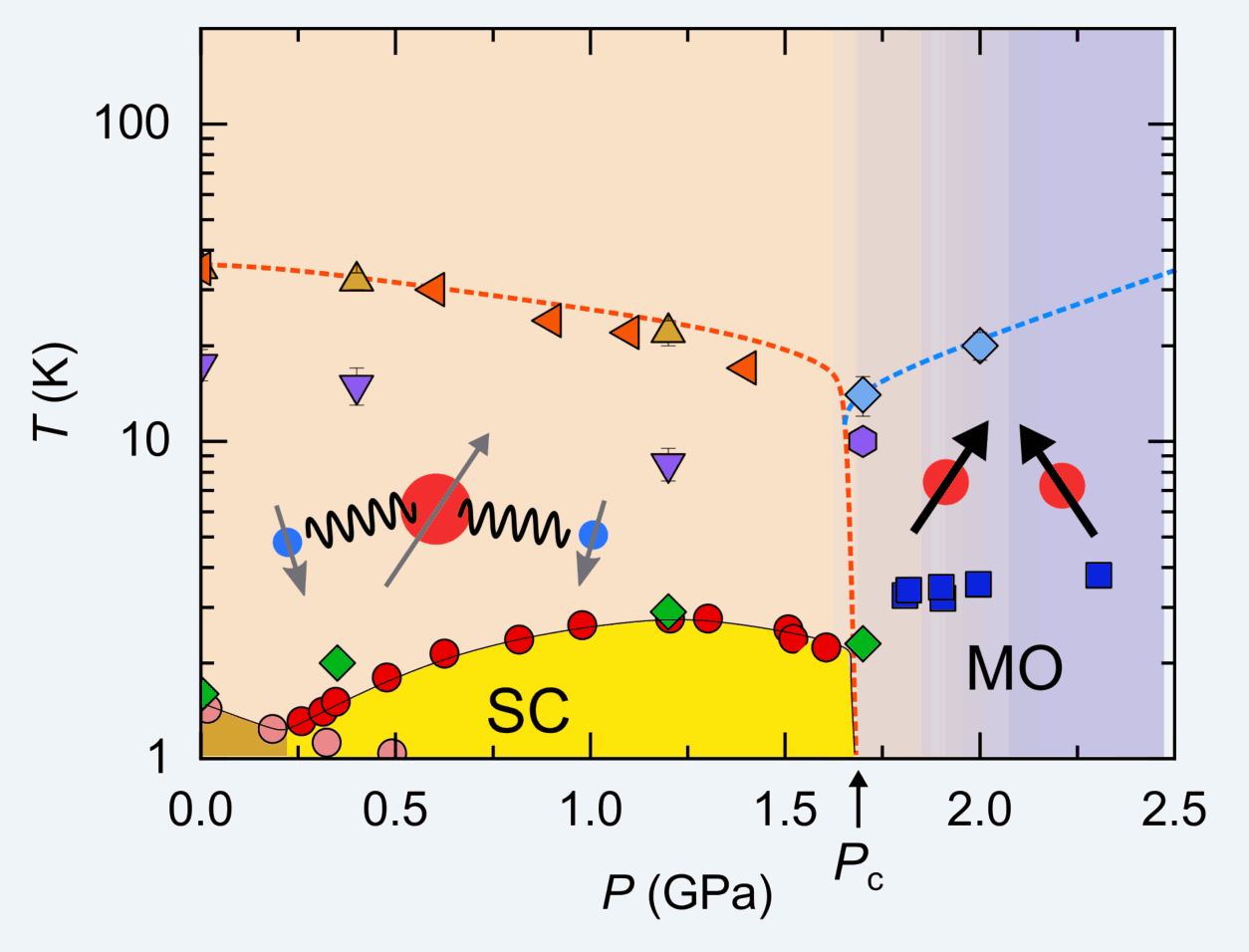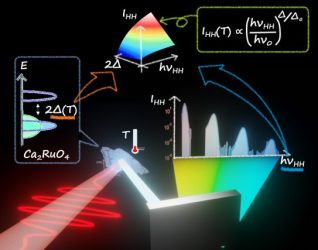A magnetic semiconductor YbCuS2 has Yb zigzag chains, where the magnetic frustration is expected due to the competition between the nearest-neighbor exchange and next-nearest-neighbor exchange interactions. From the nuclear quadrupole resonance (NQR) measurements, we revealed that the system exhibits an incommensurate antiferromagnetic state with an ordered moment size smaller than the expected value below approximately […]
![]()

